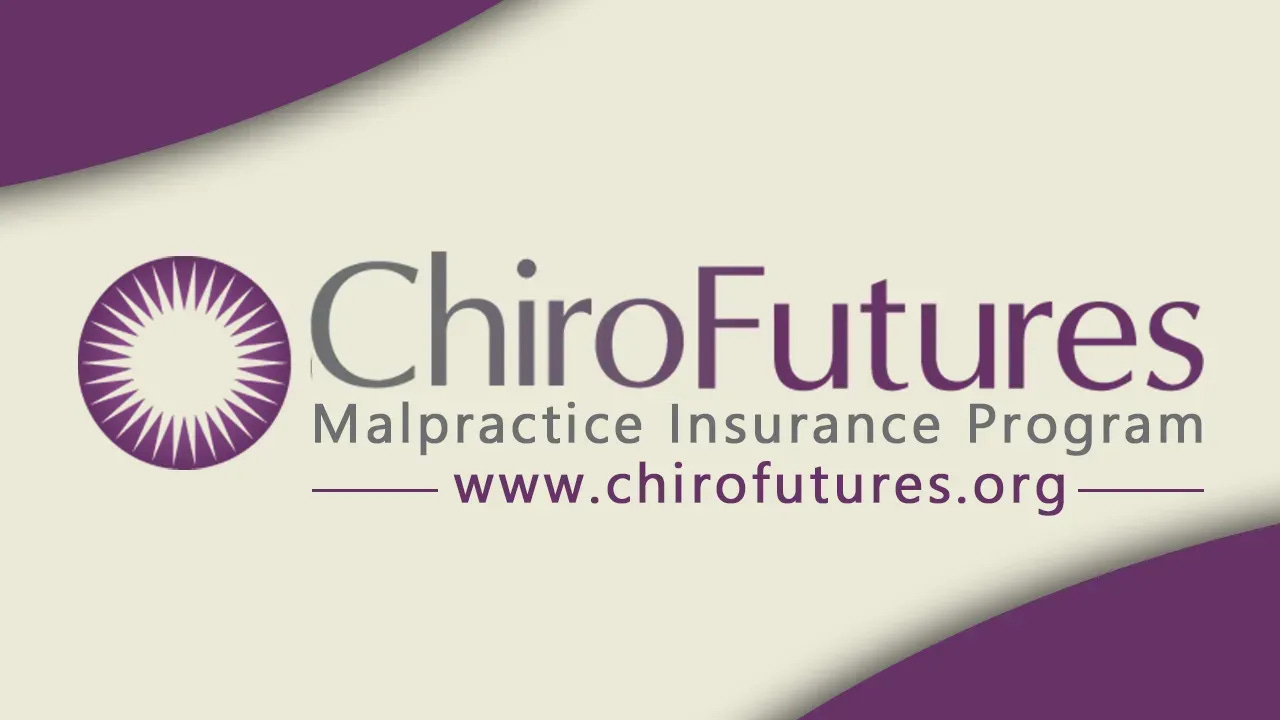Claims Made vs. Occurrence: Clearing the Fog Around Malpractice Coverage
Understanding the Real Differences in Coverage, Cost, and Long-Term Protection for Chiropractors
“There’s probably nothing more confusing in malpractice insurance than choosing between Claims Made and Occurrence policies.”
Whether you're just starting out or reassessing your coverage as your practice evolves, understanding the difference between Claims Made and Occurrence malpractice policies is crucial. At ChiroFutures, we hear this question all the time—and for good reason. The differences aren’t just about price; they affect your long-term protection, how you report claims, and how secure your coverage really is.
Let’s break it down in plain language.
What’s the Difference?
Occurrence Policy:
An occurrence policy covers you for incidents that happen during the policy period, regardless of when the claim is filed—even if it’s 10 years later. It doesn’t matter if you’ve since changed carriers, retired, or even left the profession entirely. As long as the incident happened while the policy was in force, you’re covered.
Claims Made Policy:
This covers you only if both the incident happens and the claim is made while the policy is active. If you cancel the policy or switch carriers, you’ll need to purchase “tail coverage” (also known as an Extended Reporting Period) to protect yourself for claims that might be filed later about past care.
“Occurrence is simpler, but not always better.”
Many chiropractors initially gravitate toward occurrence policies because of their simplicity—no tail to worry about. But there’s more to the story.
Cost Considerations
Occurrence policies are generally more expensive up front. That’s because they build the cost of tail coverage into the premium every year. So you’re paying for permanent protection annually.
Claims made policies start out cheaper, especially in the first few years. The premium gradually increases over time, reaching a “mature” rate in about four years. This makes claims made attractive for new docs or anyone looking to manage startup costs.
ChiroFutures even offers FREE tail coverage in certain situations: If you become permanently disabled or retire at age 55 or older after at least three years of continuous coverage with us, your tail is on us.
The Hidden Risk of Occurrence
There’s a hidden risk with occurrence policies: The insurer has to still exist when you need to file a claim. If the company has gone out of business, there may be no one left to report your claim to, even if your policy technically covers the incident.
This isn’t just a hypothetical. Several companies that once wrote occurrence policies for chiropractors are no longer in the business. It’s something to seriously consider if you're relying on a ten-year-old occurrence policy from a now-defunct carrier.
Reporting Flexibility: Claims Made Has the Advantage
One of the overlooked benefits of a claims made policy is its adaptability. If you decide to increase your limits of liability at renewal, those new limits can apply retroactively—all the way back to your original coverage date. Occurrence policies don’t offer that option; the limits in place at the time of the incident are fixed.
In a world of rising litigation costs, increasing your limits over time can be a smart move—and claims made policies allow you to do that while still protecting your entire career history.
“The flexibility of Claims Made means you’re never locked into yesterday’s limits.”
Tail Coverage: What You Need to Know
Tail coverage is often misunderstood, but here’s the gist:
If you cancel a claims made policy and don’t immediately replace it with one that includes your retroactive date, you’ll need to purchase a tail. This one-time purchase—usually around 120% of your mature annual premium—covers you for life for incidents that happened while your policy was active.
In many cases, if you switch carriers without a lapse in coverage, your new carrier will simply assume your prior acts (aka your retro date), and you won’t need to purchase a tail at all.
So Which One is Right for You?
It depends on your practice goals, how long you plan to stay with the same insurer, and how much administrative responsibility you want to manage. Occurrence offers simplicity, but at a higher price and with fewer options. Claims made offers lower cost, flexibility, and the ability to grow with you—but requires more awareness of timing and transitions.
At ChiroFutures, we’re here to help you navigate these decisions—because the best policy isn’t just about coverage, it’s about clarity and peace of mind.
CLICK HERE for more on policy types for practice owners
Got questions? Reach out. We’ll walk through it with you.
Visit us at chirofutures.org or email us directly anytime.
We believe chiropractors deserve more than just a policy. They deserve a partner.





